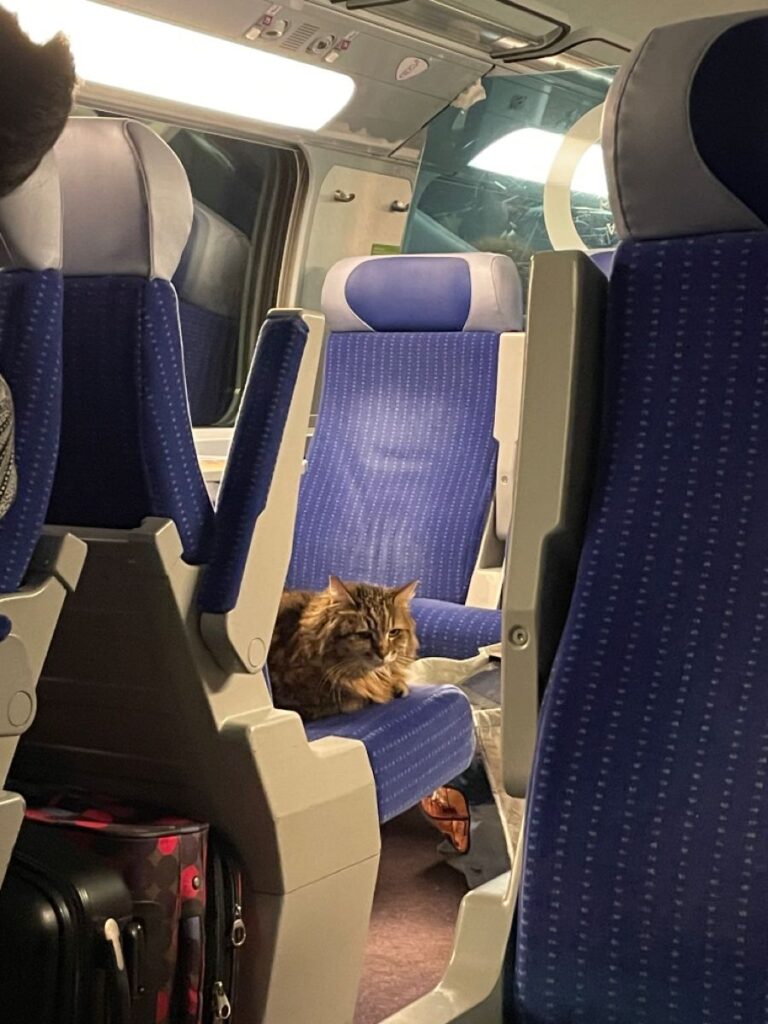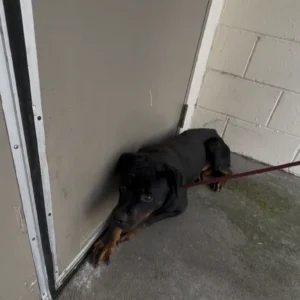Every morning at 7:30 AM, a ginger cat waited at the same bus stop on Maple Street. No one knew exactly where she came from, but the elderly in the neighborhood called her “Suki.” She didn’t beg for food or affection. She just sat there—quiet, composed—watching the world pass by.

At first, people ignored her. Then, someone noticed that she would greet the school kids with a soft meow. A college student who had failed his exam one day sat down beside her and cried. Suki didn’t move. She just leaned gently against him until his tears stopped.
A photo of her was posted online with the caption: “The cat who understands.” Within days, thousands of people started following her story. Locals brought her blankets, snacks, even built her a tiny wooden shelter next to the bench.
But what Suki gave in return was far greater: she slowed people down. In a city where everyone rushed, she made them pause. Reflect. Smile.

One morning, Suki didn’t show up. The town buzzed with concern. People searched, printed flyers. Three days later, she was found—safe, just injured—by the corner café. A small animal hospital offered to care for her for life, but the neighborhood insisted: she belongs with us.
Suki now lives with a retired teacher near the bus stop. She still visits every morning, and when people ask why, the teacher smiles and says:
“Because hope always shows up. Even if it wears fur.”






